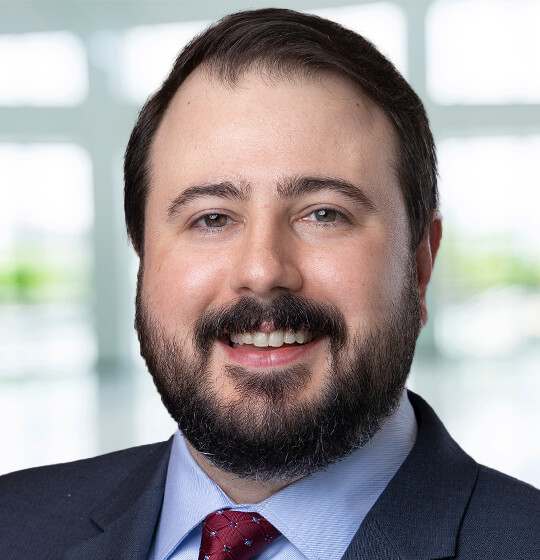On February 1, 2023, Minnesota Governor Tim Walz signed a law to prohibit discrimination based on hair texture and hair styles, adding Minnesota to the growing list of states to enact such legislation, commonly referred to as the “CROWN Act.”
The Minnesota law, House File (HF) 37, revises the Minnesota Human Rights Act (MHRA), by expanding the definition of “race” to be “inclusive of traits associated with race, including but not limited to hair texture and hair styles such as braids, locs, and twists.” The governor’s approval comes after the law passed both chambers of the state legislature by wide margins in January 2023.
At least nineteen other states, the U.S. Virgin Islands, and several cities and counties have passed legislation to prohibit discrimination based on hair texture and hair styles—referred to as Creating a Respectful and Open World for Natural Hair, or “CROWN Act”—that are associated with certain races or ethnicities. A nationwide bill has further been considered by the U.S. Congress.
Key Takeaways
The MHRA already prohibits race discrimination in employment, but the new law adds explicit protections for “traits associated with race.” Still, the law does not provide details on specific hair styles that are protected, except for “braids, locs, and twists.” Some other jurisdictions, such as Massachusetts, have explicitly protected styles such as Bantu knots, in addition to hair coverings. The Minnesota Department of Human Rights (MDHR) is expected to issue further guidance on the application of the new law.
In the meantime, employers in Minnesota may want to consider reviewing their employee handbooks, dress code policies, and anti-discrimination policies for compliance with these new protections for hair textures and hair styles.
Ogletree Deakins’ Minneapolis office will continue to monitor and report on developments with respect to Minnesota’s employment-related legislation and will post updates on the Minnesota blog as additional information becomes available. Important information for employers is also available via the firm’s webinar and podcast programs.







